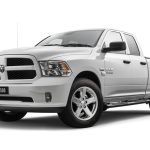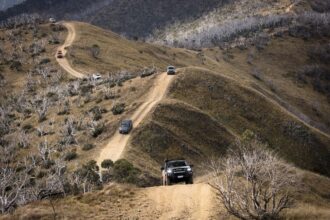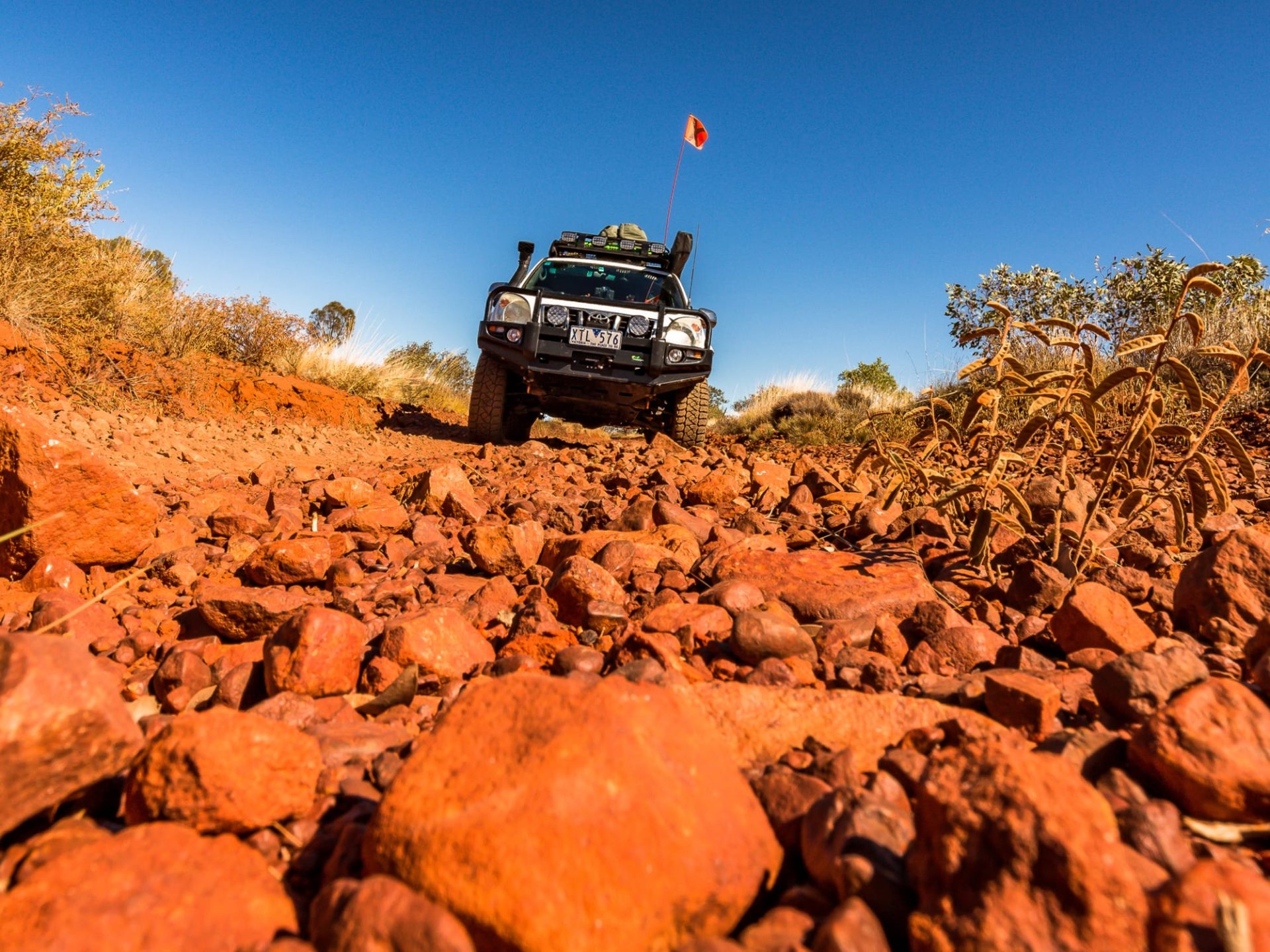Warrumbungle NP
“The fire developed into a fully-fledged fire thunderstorm,” and was “Absolutely ferocious.”
This is how two fire experts described the firestorm that devastated Warrumbungle NP and surrounds on 12 January 2013. Fifty-three houses were destroyed as well as countless native animals. It was truly a disaster on all fronts.
That was five years ago now. What has become of the landscape, the animals and the people? As you enter the Park from the east, a short walk out to Whitegum Lookout will give you a clue about the ferocity of the fires and the ability of nature to recovery from devastation.
There are signs warning you that ‘trees may fall’. And yes, it doesn’t take long before the evidence of fallen trees is revealed. With a typical deep blue sky of western NSW, a forest of blackened skeletons reaches upwards. Nature is fighting back as the new growth provides a carpet of green and yellow about two metres high.
Some trees seem to have escaped the fires unharmed and others have been decimated. It is quiet until the silence is broken by the sound of cockatoos in the distance. There are more birds as you drive further into the Park. The kangaroos are definitely back in the numbers you used to expect.
Slowly, as the plants regenerate, the birds are returning; as well as the animals. Down at the main campground at Camp Blackman, you could be excused for forgetting there was a fire there not so long ago. The trees are full, there are ’roos grazing on the lawns and plenty of people camping.
You stop at the information notice welcoming you to camp and realise that it is difficult to read the full sign. The lower edge of the welcome sign has been burnt by the 2013 fire and this is a stark reminder of the disaster that stuck. The original visitors’ centre was levelled in the fires, as were many of the walkways and viewing platforms around the Park.
The visitors’ centre now operates out of a demountable building at Camp Blackman. The amenities there were spared, so camping continues as before. Backpackers in rental campervans don’t realise the recent fire history. And that is a good thing – as the Warrumbungles is open for business.
The Warrumbungles has a landscape that time forgot. The tall volcanic spires rising out of the hills, the sheer cliffs all around; and the Breadknife rises 90m high but is only four metres wide in places. Four million years of volcanic activity has left a bizarre and chaotic skyline that is so worth visiting. The small kids amongst your group may be looking for dinosaurs, as the landscape seems so ancient. The older ones may be looking skywards at night, as these are some of the clearest night skies in the country.
The fires destroyed many of the old growth trees and hollow logs that were the homes to many birds and animals. As a way of growing these animal populations without the old forests, around 400 nesting boxes have been placed in the fire-affected areas.
To monitor how the animals and birds are using the boxes, a mobile device app (QuestaGame) has been developed into a game that you can download and play whilst in the Park. This will act as a treasure hunt for the kids (and adults) who will search for the nesting boxes. Each box has a unique number. Once uploaded, the details will give insights into the animal and bird numbers and whether/how they are increasing.
There is also a WarrumbungleSnap app, which encourages users to take photos at given points and share online. This will show how the Park is regenerating over time. Both apps can be installed before you get there. The QuestaGame can also be used in other locations.
There are plenty of walks in the Warrumbungles with the Grand High Tops being one of the best as you walk past tors, spires, dykes and bluffs within a few kilometres. This can be quite a challenging walk so it’s best done in the cooler months. There are tracks for walkers only, and others that allow bicycles.
The facilities at Camp Blackman are very good with hot/cold showers and flushing toilets. There are powered sites as well, so everyone is catered for. Although you don’t need a 4WD to visit the Warrumbungles, it is a great overnight stop as you travel the blacktop between the less-accessible spots.
Verdict
The Warrumbungles is a spot that should be on everyone’s bucket list as it has a unique landscape that will not disappoint. There is something for everyone including hardcore rock climbing, overnight hiking and more gentle walks and activities for the whole family. The only thing you can’t do in the Warrumbungles is 4WD… but hey, there is plenty more to do to keep you busy.
DESTINATION DETAILS
Nearest town: Coonabarabran (24km)
When to go: Spring is the ideal time as temperatures are mild and there are huge numbers of wildflowers in bloom.
Accommodation: Camp Blackman is the most popular spot, with many amenities. There are other quieter camping spots if you prefer.
Difficulty: Easy peasy – your Honda Civic will make it.
Further info: nationalparks.nsw.gov.au









